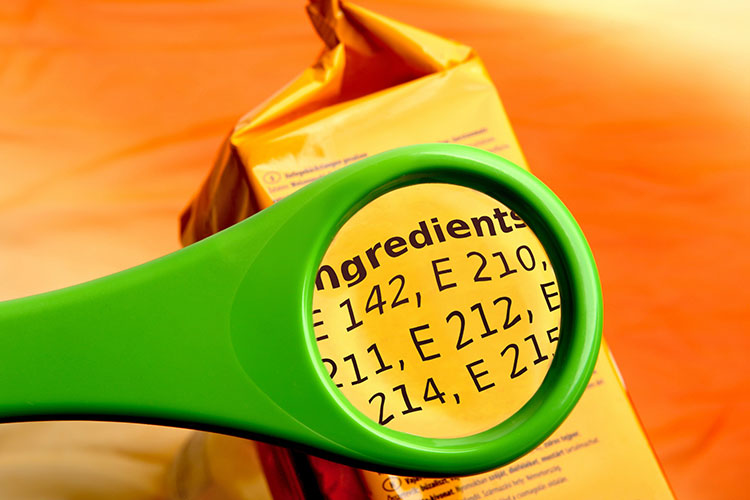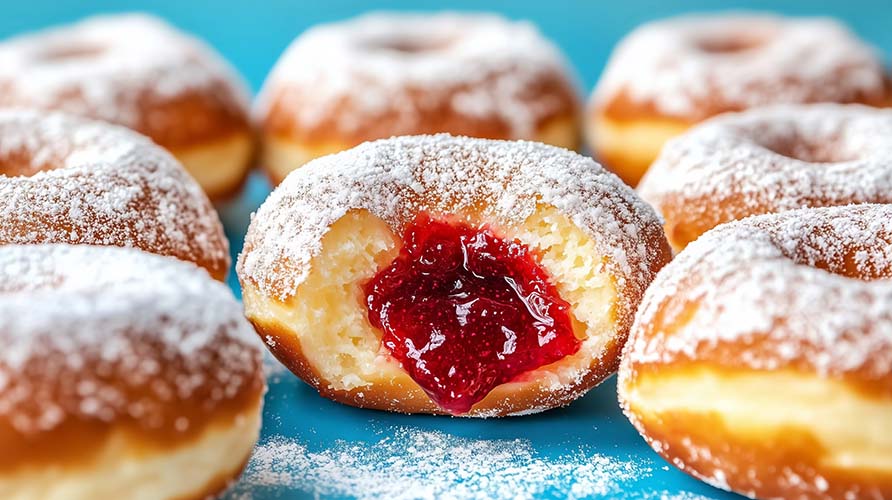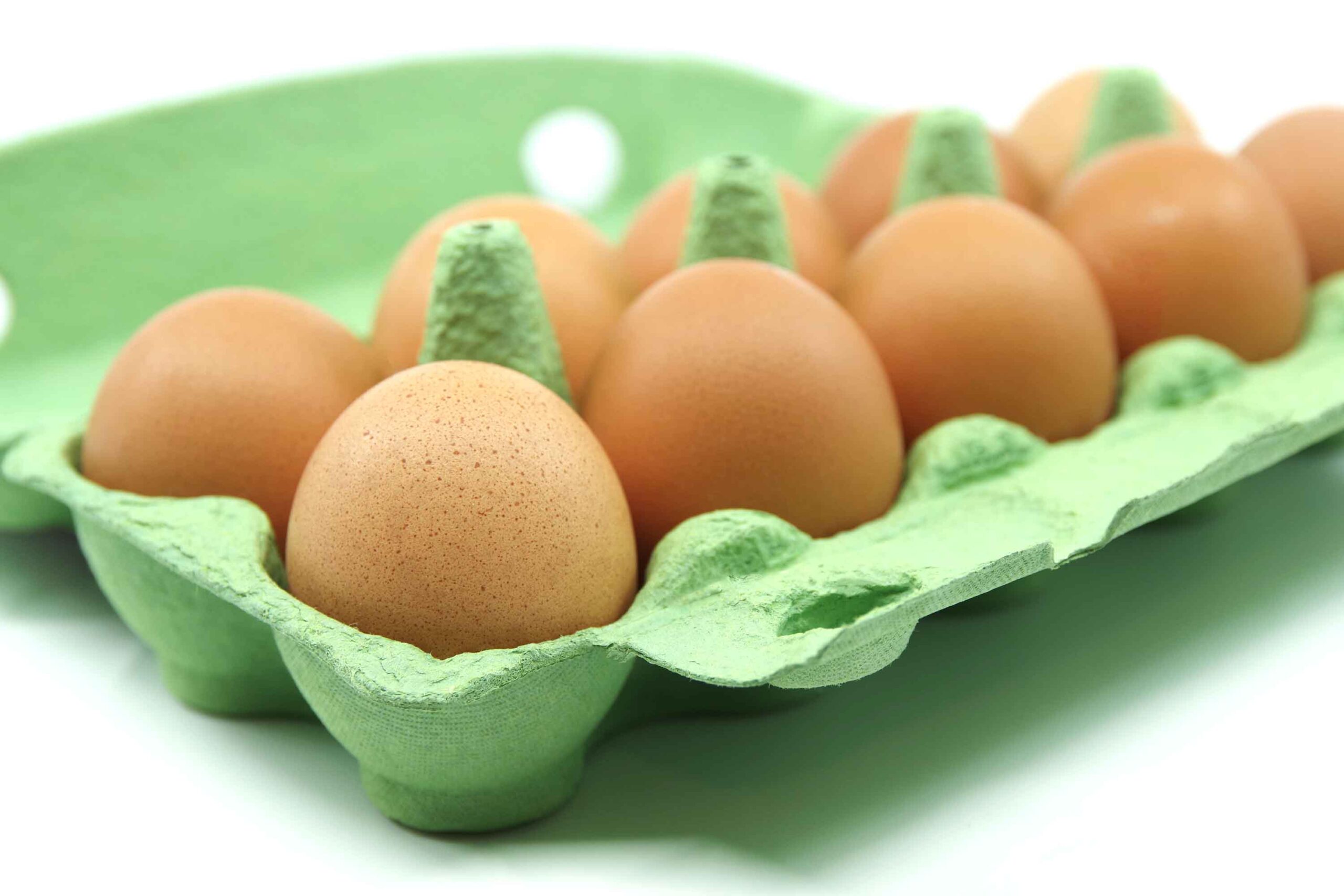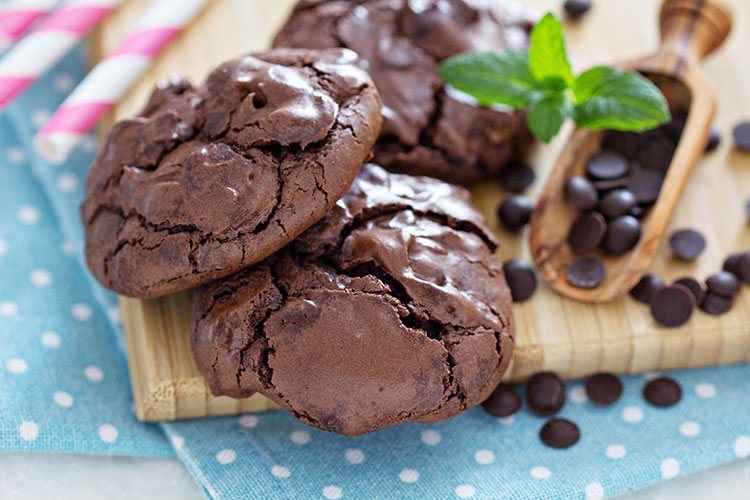Reduce Cocoa Powder and Raise the Bakery Bar
Cocoa powder’s shortened supply and rising costs are due to adverse environmental and geopolitical circumstances. However, there are some ways to reduce cocoa content including the use of flavors, cocoa extenders and chocolate enrobed inclusions. Regardless of the solution, Citri-Fi® citrus fiber can be used to improve the quality, texture and nutrition of a variety of baked goods. This natural citrus fiber complements cocoa extension strategies so that bakers can create delicious and mouthwatering muffins, cookies, bakery fillings, pastries and cakes.
You can win almost anyone’s heart over with chocolate. And like electricity, chocolate is one of those luxuries that most take for granted. We treasure it on special holidays including Valentine’s and Halloween. It accompanies flowers on first dates. And it telepathically talks to us in the grocery checkout lane “Buy me now!” Yet, how chocolate is sourced and made is a mystery to most. Many do not realize that its raw material, cocoa, is suffering from environmental and geopolitical strife. And because of this, food developers are looking to reduce cocoa powder in a variety of foods.
The Cocoa Supply Chain
Cocoa starts its life in the cocoa fruit. This fruit contains multiple cocoa beans inside. Once mature, the plant is harvested and cracked open where farmers access the cocoa beans and pulp. The beans are fermented and dried. It is this unique process that gives cocoa its complex flavor. The dried cocoa beans are then shipped around the world where food manufacturers finish the process which involves roasting, extracting the cocoa nibs (winnowing) and grinding it into powder. From here, the cocoa powder can be converted into chocolate products or separated further.
Most of the cocoa is sourced from West Africa, specifically Ghana and the Ivory Coast. Over the years, cocoa crops have been suffering shortages due to adverse weather conditions, aging trees, disease and pests. Moreover, now since gold mining is more profitable, cocoa farmers are losing land to the mining operations. A global shortage of cocoa is resulting in limited supply and skyrocketing costs. As a result, reducing cocoa powder dependency has become a long-term goal.
Cocoa Powder Extender Strategies
Cocoa powder is used in a variety of food products including bakery, beverages, confectionery and sauces. Manufacturers convert it into a variety of formats such as powder, liquids, inclusions and pastes. How to reduce cocoa powder without affecting texture and taste is the Holy Grail. Cutting down the cocoa content in foods affects the flavor, color, texture, labeling and possibly the regulatory status. Chocolate has standards of identity in certain regions of the world specifically the United States which makes it challenging to use chocolate substitutes.
One strategy leans on the flavor industry. The flavor houses are not the only players in the game. Other food ingredient companies have jumped in to offer their solutions as well. Some solutions include using cocoa flavors, cocoa extracts, natural flavor modifiers and enhancers. With these types of solutions, developers can reduce the cocoa powder content while maintaining that rich and complex flavor of cocoa.
Another strategy involves using cocoa extenders such as whole grain malted barley which not only contributes the rich flavor but also improves moisture retention and texture. Another option is using carob. Other extenders on the market may use a fermentation process to simulate the flavor of cocoa. For example, one extender relies on fava bean which uses a similar fermentation process as cocoa. However, many of these options require re-formulation.
On the other hand, some strategies to reduce cocoa powder use takes a more roundabout approach. For instance, some companies recommend using chocolate flavored inclusions, compounds and coatings. Using these types of ingredients gives the consumers the perception of eating chocolate even though the components contain a fraction of real chocolate. Another way to reduce cocoa powder is to use more milk chocolate which relies on cocoa butter versus cocoa solids.
Citrus Fiber Complements Bakery Cocoa Reduction
The bakery industry is one of the hardest hit sectors when it comes to the cocoa shortfalls. Bakers are re-working their chocolate-containing baked goods in order to secure supply and mitigate costs. Regardless of their chosen strategic path, there is one thing for certain. Ingredients like Citri-Fi citrus fiber can aid in improving the baked goods quality when using cocoa extender solutions.
Citri-Fi is an upcycled citrus fiber produced from the citrus juicing industry. The process, which is free from chemical modifications, creates the high water holding and emulsification properties. It is this dual functionality that allows Citri-Fi to improve the moisture retention, texture and nutrition of baked goods. Though bakery items may use the flavor and/or cocoa extension solution, at low usage levels (<1%), Citri-Fi can be used alongside to improve the quality of the finished product. Citri-Fi is also ideal for frozen baked goods in addition to gluten-free products.
Because of Citri-Fi citrus fiber’s high surface area, this natural ingredient can also be used to dry plate water and/or oil soluble flavors. By doing this, Citri-Fi turns liquids into free-flowing flavor powders. Depending on the type of oil, this citrus fiber typically provides up to 25-30% load while still being flowable. In addition to being a flavor carrier, when incorporated into the food products, Citri-Fi provides the moisture retention to improve the perception of freshness over time in baked goods.
On the Cocoa Horizon
Climate change and political pressures will continue to mold cocoa procurement. As a result, new technologies are emerging to help alleviate the growing shortage. For example, fermentation technology is in its infancy. Some companies are fermenting non-cocoa materials with the end goal of producing products that taste and function like cocoa powder. In time, these new products will be produced in an upscaled system which will make its market worth more affordable. In the meantime, batches are small and expensive.
Another hi-tech technology in the start-up mode is cell cultured cocoa. The goal here is to produce cocoa but not with conventional farming methods. Instead, cocoa will be created using a handful of cells. Like with most new groundbreaking science, scale-up and regulatory hurdles will put the brakes on quick turnarounds. Lastly, more upcycled ingredients are being repurposed into food ingredients to improve food products’ carbon footprint as well as quality. These upcycled ingredients when fermented and/or roasted and combined with sweeteners and fats, can simulate chocolate which can reduce cocoa powder content in a variety of food and beverages.
Citri-Fi citrus fiber’s functional benefits and nutritional value can improve foods that are utilizing any of the cocoa reduction strategies mentioned above. Labeling options include citrus fiber, dried citrus pulp or citrus flour which resonate well in the clean label markets. Citri-Fi is non-GMO Project certified, non-allergenic and gluten-free. This natural citrus fiber has no E-number. And now there is USDA certified organic Citri-Fi available.
Please contact us for more information on how to improve your food products with citrus fiber while reducing cocoa content.







